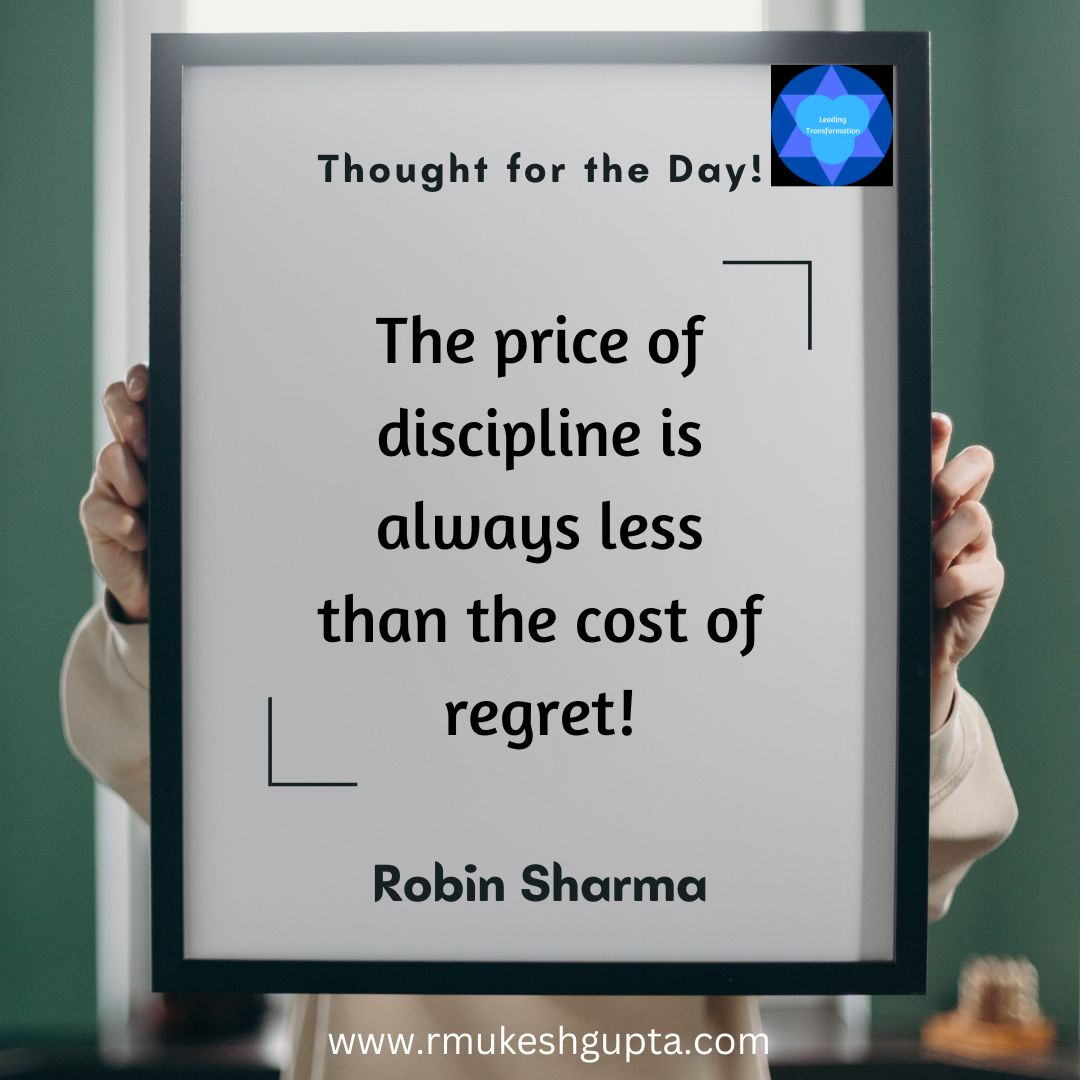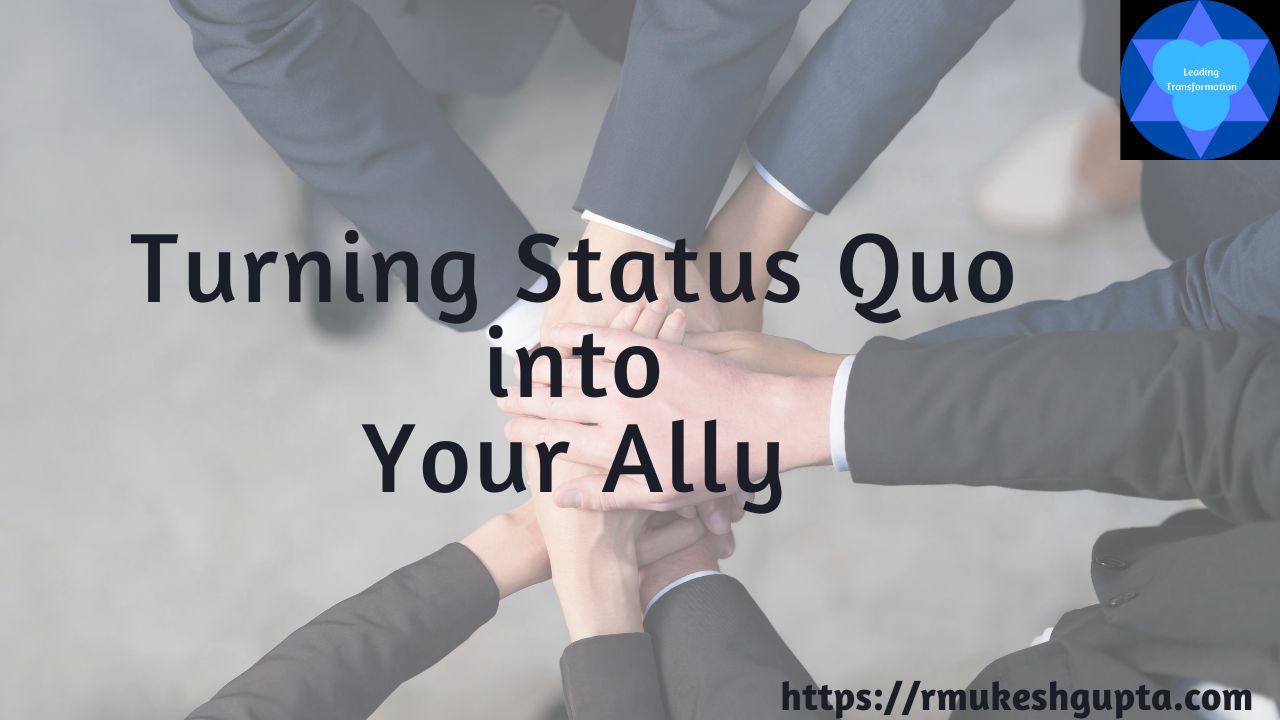Overview:
I got a digital preview copy of this book via NetGalley. The book is about is basically about what do organizations (typically incumbent organizations) do to be successful at the business of disruption, the assumption being that it is unusual for the incumbents to disrupt themselves or their industries.
You can find more information about Charlene here and buy the book here.
What is the book about:
Charlene gleams some key insights from some case studies of incumbent organizations, which either lost their way or got disrupted found their way to disrupt themselves and in some cases their industries. There is a great deal of learning for large organizations that are operating in industries that are under flux from these case studies.
The case studies are from T-Mobile, nokia, McKinsey, Adobe, Piedmont Healthcare, Stadel Museum, Southern New Hampshire University, ING, Microsoft, South West Airlines & Amazon. Some of these are also her long-time clients, which gives her the ability to really see what was happening within these organizations.
Based on the insights from these case studies, she is able to share a framework that large organizations can use to build the ability to create a disruptive transformation amongst themselves and their industries.
Ease of reading:
The book is an easy read. The case studies are well researched and provide some very valuable insights that can be used in certain situations.
The book oscillates between being a case study (Story telling format) and a prescriptive advice (do these 1, 2, 3 things to achieve this) and the author has been able to manage this switch back and forth quite well, without it becoming jarring and interrupting the flow of reading.
The language used is fairly simple and tried to avoid jargons as far as possible, thereby making it easy to read.
What I loved about the book:
Some of the cases that the author picked were very fresh and even those that were pretty well researched and covered in many books, she was able to find at least a few new insights which meant that I actually read the entire case study and not just skim through.
What I did not like about the book:
In most books like these, the author picks up something that an organisation did that worked for that organisation, at that particular moment in time, given the exact conditions that they were effective in and extrapolate them to be relevant for all organisations in all conditions and at all times. And then combine that with something else that was learnt from some other case study.
What this allows the authors to do is create a framework that looks coherent and makes sense when looked at, but is a nightmare when you try to implement the framework in totality as it gets too complicated to pull off. So, while there is some learning for every leader to implement, it is very difficult to implement the entire framework. This is something that is not just a challenge with this book but with this entire genre. So, within the confines of this genre, I really like what Charlene has achieved.
What I learnt from the book:
There are few things that I really learnt from the book.
- The entire concept of building strategy based on who your future customers would be instead of just extrapolating from where an organisation’s current state is insightful. If we can clearly articulate who the future customers will be and where do they congregate, that can allow an organisation to leverage this insight into something really big.
- She shares the key advantages that incumbents have over start-ups trying to disrupt them and their industry is something that most large incumbents don’t focus too much on. The strategy that most large incumbents seem to follow is to try and act like a start-up, when they are not one. They try to compete with start-ups on their game rather than playing to their own strengths.
What has changed as a result of reading this book:
My concept of what disruption is has changed due to a single insight from the book and I quote –
“Disruption doesn’t create growth. Growth creates disruption”.
Hence, we would be better off to go after growth and disruption will follow and not the other way around.
What would I have done differently:
The only thing I would have done differently is to sign off the book with a case study that actually brings every element of the framework together elegantly, if one exists. Apart from that, given the genre of the book, I think that the book does work really well.
In Conclusion:
— This is a <<4>> star book for me.




